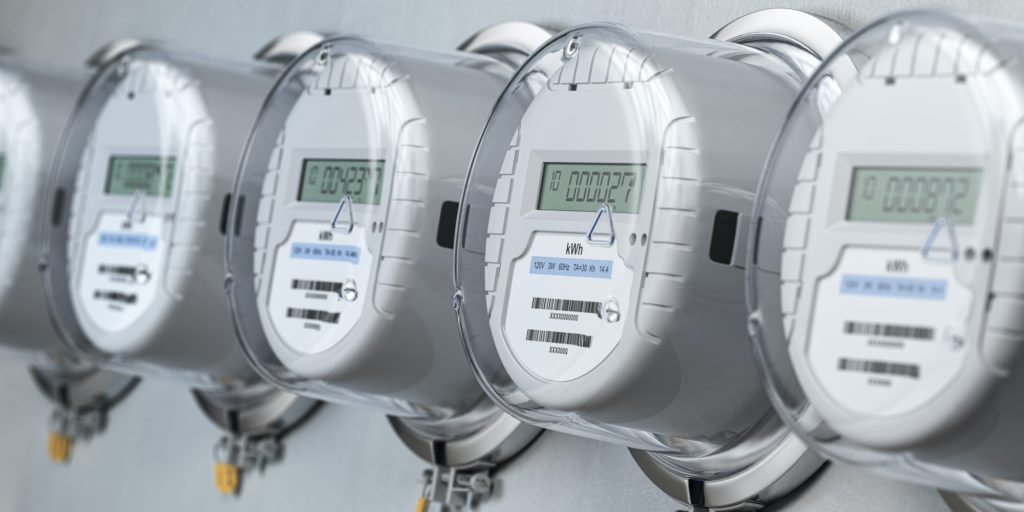

Utilities Need to Increase Residential Solar Payments
Solar power should be an easy sell in the “Sunshine State” of Florida. The state averages over 237 days of sunshine per year. It seems like a great place to put up a solar system on your home…but the tide is against you.
You see, the economics of residential solar systems don’t work and are getting worse. The problem is utilities don’t want to pay a fair price for power generated by solar systems.
JEA, the regional utility company in Northeastern Florida, cut the rate it paid for home solar power by more than 70%.
JEA presents itself as a not-for-profit, community owned utility company. But some of its policies run counter to that image.
Utilities usually use net-metering (the power meter runs backward and forward) to watch solar power contributions. That means customers get the same value for energy produced, as they pay for energy consumed.
That worked out to about 10.3 cents per kilowatt-hour (kWh) for JEA customers.
The utility changed the policy and scrapped net metering. It now offers customers 3.25 cents per kWh. They call it the “fuel rate.” And it effectively kills residential solar projects because it more than triples the “payback” – or the time it takes for the savings from the system to outweigh the cost.
The fuel rate is the price the utility pays for “fuel” namely coal. But an op-ed published by the Brookings Institute argues that the actual cost of coal power is much higher than just the price of coal:
Each KWh of coal-generated electricity comes with an additional 5.6 cents of damages to our well-being. This includes about 3.4 cents in adverse health impacts, according to a recent National Academies of Science report. The remaining 2.2 cents, based on the U.S. government’s social price of carbon calculations, results from climate change-related damages. And these systems aren’t cheap. According to Energy Sage, a 5 kilowatt (kW) solar system in Florida costs about $13,100 on average.
A 5 kW system produces about 4,500 kWh in a year, according to the Eco Experts. Here’s a quick back-of-the envelope math on recovering that cost:
- At 10 cents per kWh, the solar system generates $450 per year. At that rate, it would take 29 years to recoup the initial $13,100 cost.
- At 3.25 cents per kWh, the solar system generates just $146 per year. The payback period jumps to almost 90 years.
The economics just don’t work. And they won’t work until utility companies change their thinking.
JEA believes that consumers should be paid for solar power at the same rate JEA pays for its fuel. But this is power that carries no added cost to the utility. The homeowners pay for the installation. They pay for maintenance an upkeep. They pay for insurance.
A typical power plant comes with a whole list of costs associated with the power production. Beyond fuel, you have wages, insurance, and costs of maintaining plants and equipment. That all adds up to a hefty bill.
You have none of that with residential solar power. The utility gets power with zero cost. Yet it wants to pay the consumer far less than what it can re-sell for. That makes no sense at all.
If we break down the U.S. electricity industry, it brings in about 16.5 cents per kWh as revenue.
But sales cost money. For example, giant electric utility Duke Energy (NYSE: DUK) made $24.1 billion in revenue in 2021. But it cost them $12.4 billion. That’s an operating margin of about 49%.
What that means is that utilities could easily pay 8 cents per kWh for solar and still manage a healthy profit. And because solar has no overhead to the utilities, they could pay even more.
That’s the way utilities need to approach solar power. It offers many benefits and few downsides. But only the utility companies can make it economical for homeowners. The utilities just need motivation.
That’s where we need to add our voices. Advocate for higher rates for solar. It’s good for all of us.
For the good,
Matt Badiali


